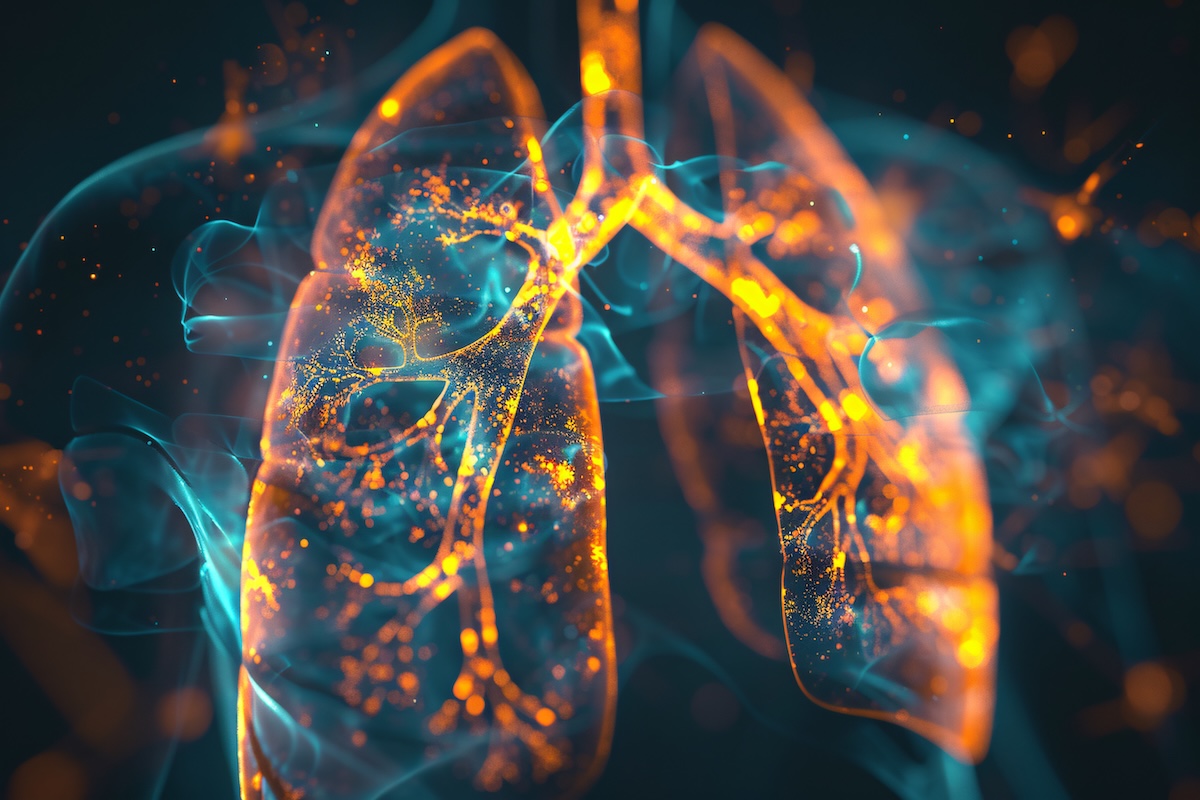COPD, short for chronic obstructive pulmonary disease, is a long-term lung condition that makes breathing harder over time. It develops slowly, often starting with a nagging cough or shortness of breath during physical activity. Many people don’t realize they have COPD until symptoms become more noticeable. It’s a condition that requires ongoing care but can be managed with the right treatment. Let’s walk through what COPD is, how it happens, what signs to look out for, and how doctors treat it.

What Is COPD?
COPD is a disease that limits airflow in and out of your lungs. It happens when the airways become damaged or inflamed and the tiny air sacs in your lungs (where oxygen is exchanged) lose their flexibility. As a result, air can get trapped, and it becomes harder to breathe out fully.
The condition gets worse over time, especially if the cause of the damage—like smoking—continues. Although it’s not curable, early treatment and healthy habits can help slow it down and improve your quality of life.
What Causes It and the Types You Should Know
The most common cause of COPD is smoking. Over time, the chemicals in cigarette smoke irritate the lungs and destroy the structures that help move air in and out. But smoking isn’t the only risk factor. Long-term exposure to pollution, secondhand smoke, and harmful dust or fumes (often in certain jobs) can also damage the lungs. There are two main forms of COPD:
Chronic bronchitis means the airways are constantly inflamed and produce too much mucus. This leads to a chronic cough and makes it harder for air to move freely.
Emphysema affects the air sacs in the lungs, which get stretched out or destroyed. This reduces the amount of oxygen that can reach your blood and makes it difficult to exhale.
Many people have a combination of both types, which can lead to a mix of symptoms. There’s also a rare genetic cause known as alpha-1 antitrypsin deficiency, which can cause lung damage even in people who have never smoked.
Symptoms to Watch For
COPD symptoms tend to develop slowly. In the early stages, you might just feel a little winded climbing stairs. As the disease progresses, symptoms become harder to ignore. Here are common symptoms people may experience:
-
Ongoing cough that doesn’t go away
-
Shortness of breath, especially during activity
-
Producing a lot of mucus (phlegm)
-
Wheezing when breathing
-
Tight feeling in the chest
-
Getting frequent colds or lung infections
As COPD becomes more advanced, even simple activities like walking across a room or getting dressed can be difficult. Some people also lose weight or feel tired most of the time because their bodies are working harder just to breathe.
Flare-ups can also occur, where symptoms suddenly get worse. These are often triggered by infections or exposure to smoke or pollution. Flare-ups can be serious and may require hospital care.
How COPD Is Diagnosed
Doctors start by asking about your symptoms and whether you have a history of smoking or exposure to other lung irritants. They may listen to your lungs and check how well you’re breathing.
A key test for diagnosing COPD is called spirometry. This is a simple breathing test where you blow into a device that measures how much air you can breathe out and how fast. If the airflow is reduced, it may be a sign of COPD.
In some cases, doctors also order chest X-rays or CT scans to get a better look at your lungs and rule out other conditions. Blood tests may be used to check oxygen levels or test for the genetic form of COPD.
What Treatments Are Available?
Although COPD can’t be reversed, there are many ways to manage symptoms and help you breathe better. Treatment is aimed at slowing the disease, reducing flare-ups, and improving your ability to stay active and live well. The most important step is quitting smoking if you haven’t already. This can make a big difference at any stage of the disease.
Medications are often used to open up the airways and reduce inflammation. These may include inhalers, which deliver medicine directly to your lungs. There are also oral medications that help reduce swelling or manage symptoms during flare-ups.
In some cases, doctors may recommend oxygen therapy, especially if your oxygen levels are low. This can help you feel less tired and breathe more comfortably.
Many people with COPD benefit from pulmonary rehabilitation. This is a program that combines exercise, education, and support to help improve your lung function and daily living. It can be especially helpful if you’ve had a hospital stay or are struggling to stay active.
Lifestyle changes are also important. Eating well, staying physically active, and avoiding triggers like air pollution or cold air can help keep symptoms under control.
For very advanced COPD, there are surgical options, such as lung volume reduction surgery or even a lung transplant. These are usually only considered if other treatments haven’t worked.

